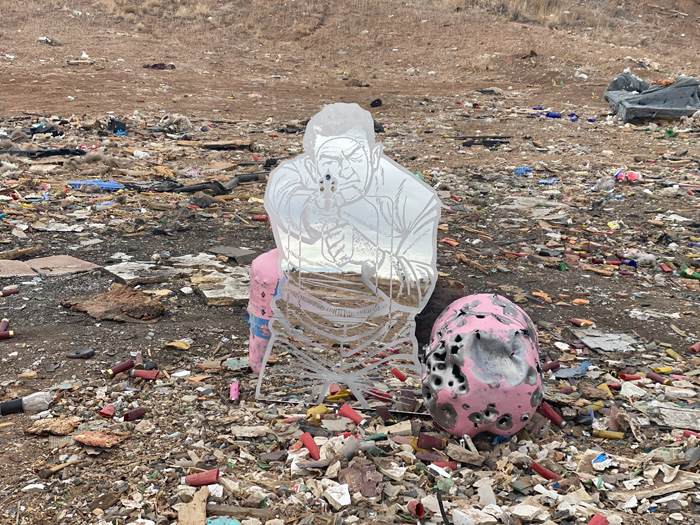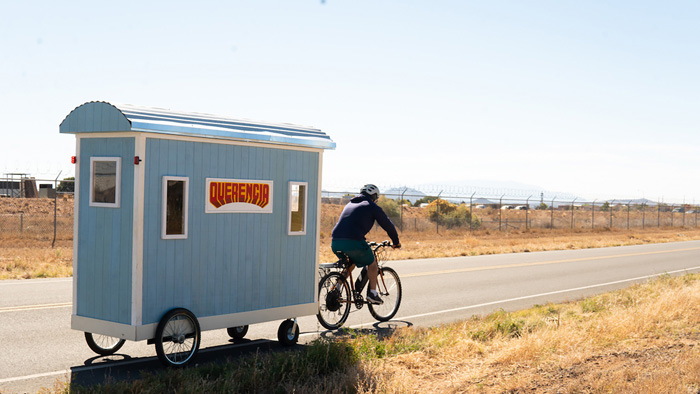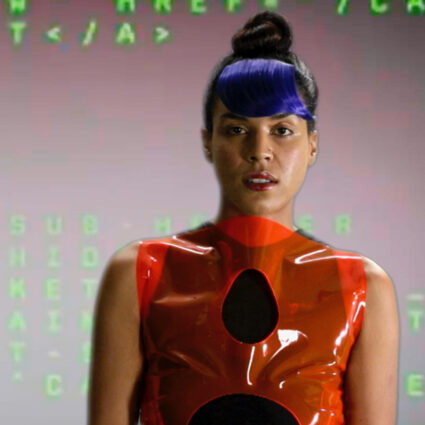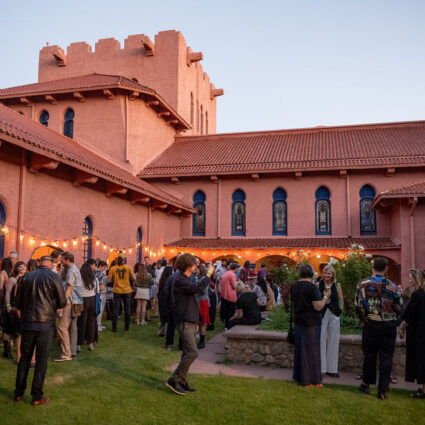Yvette Serrano’s multimedia practice is informed by her deeply rooted understanding of water as a precious resource in the American Southwest.
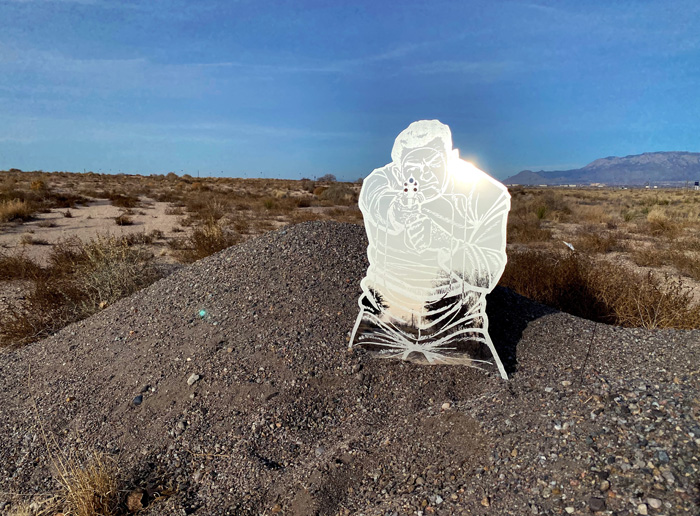
Born and raised in New Mexico, multidisciplinary artist Yvette Serrano moved with her family to a rural area near Santa Fe when she was just nine or ten years old. “It meant a complete change in my relationship to water,” she recalls.
Making the drive with her parents to get water from a giant tank located near a county jail south of Santa Fe on Highway 14, Serrano began to think about water as a scarce resource. This insight fuels her creative explorations of social justice and the landscape.
Primarily using photography, sculpture, and printed materials, the artist trains her eye on the Southwest, countering romanticized notions of the desert that fail to reflect historical and contemporary inequities.
With Camino Justicia, Serrano’s 2018 photograph of that water dispensary at the heart of community life, she signals the relationship between power and natural resources.
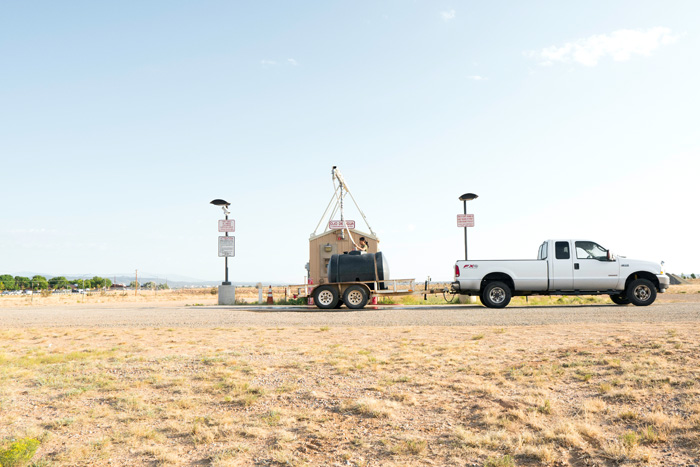
With Ice Thugs (2020), her mirrored installation based on targets used by government entities, Serrano considers the practice of border patrol agents emptying water bottles left in the desert for immigrants coming across the southern U.S. border.
“The lens I use for my work is personal,” explains Serrano. “Born to a Guatemalan mother and Mexican father, my familial history is shaped by U.S. imperialism and its forced migration.”
For two years, Serrano worked as an advocate for Chainbreaker Collective in Santa Fe, which focuses on economic and ecological justice. Today, she’s an MFA candidate in the intermedia program at Arizona State University’s school of art in metropolitan Phoenix, located in a part of the Southwest where elaborate canal systems are rooted in ancient practices of the Hohokam culture.
“The canals were the first things I noticed when I moved here,” says Serrano. “I’m always thinking about water.”
Tempe, Arizona | yvetteserrano.com | @yvette_serrano_

